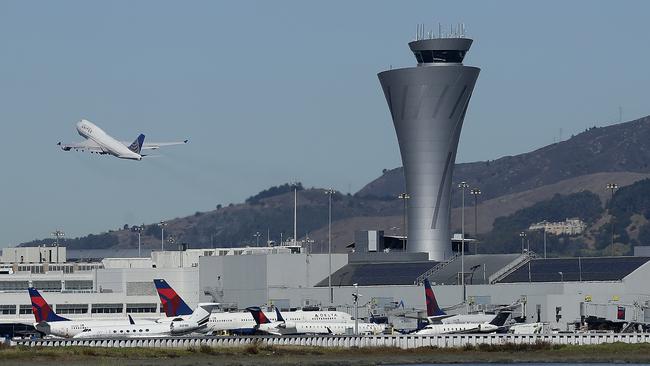Aviation authorities keep eye on runway mix-ups
Aviation authorities are watching the US response to a series of incidents in which aircraft have mixed taxiways for runways.

Australian aviation authorities are closely watching the US response to a series of incidents in which aircraft have mistakenly lined up for landing on an airport taxiway rather than a runway.
The National Transportation Safety Board released its report this week on an incident in San Francisco last year in which an Air Canada jet came within a couple of metres of landing on four aircraft lined up for departure on a taxiway. With each aircraft filled with passengers and tonnes of fuel, the incident could have been a disaster of monumental proportions. The NTSB report found pilot fatigue was a factor, along with ineffective review of airport information.
But after a series of similar close calls in the past three years, the NTSB is considering whether further measures are needed, such as enhanced cockpit warning systems and new technology in air traffic control towers.
In November last year, a Delta 737 approaching Atlanta in cloudy weather came within 20m of landing on a taxiway, and a month later a turboprop operated by Horizon Air mistakenly landed on a taxiway at Pullman, Washington.
Research has found such errors tend to occur at night, when taxiway lights are mistaken for runway lights, and when one of two parallel runways is closed to traffic. Any extra measures to guard against these mistakes have previously been resisted by regulators due to airline opposition and cost concerns.
In Australia, there has been only one confirmed incident of an aircraft landing on a taxiway.
According to the Australian Transport Safety Bureau, a Cessna 206 landed on the taxiway at Archerfield Airport in Brisbane on July 20, 2011. There was no effect on any other aircraft as a result of the incident.
The ATSB has also recorded seven other incidents since 2015 relating to aircraft inadvertently approaching a taxiway rather than a runway. “None of these incident involved regular public transport or passenger carrying aircraft,” an ATSB spokeswoman said. “In each instance, air traffic control intervened and advised of the error and the issue was resolved.”
Airservices Australia provides air traffic control and does not have any specific concerns in relation to taxiways being mistaken for runways at Australian airports. But a spokeswoman said occurrences such as the Air Canada incident and the subsequent NTSB report were used by Airservices to check and learn.
“We will take this information as a lessons learned activity across our operation,” she said.
“The report does not trigger any need for changes here in Australia.”
Pilots believe the more pressing issue is that of fatigue, with the Civil Aviation Safety Authority recently deferring the implementation of new fatigue risk management guidelines from October to next September.
Australian Air Line Pilots Association acting president Murray Butt said CASA’s response was hugely disappointing.



